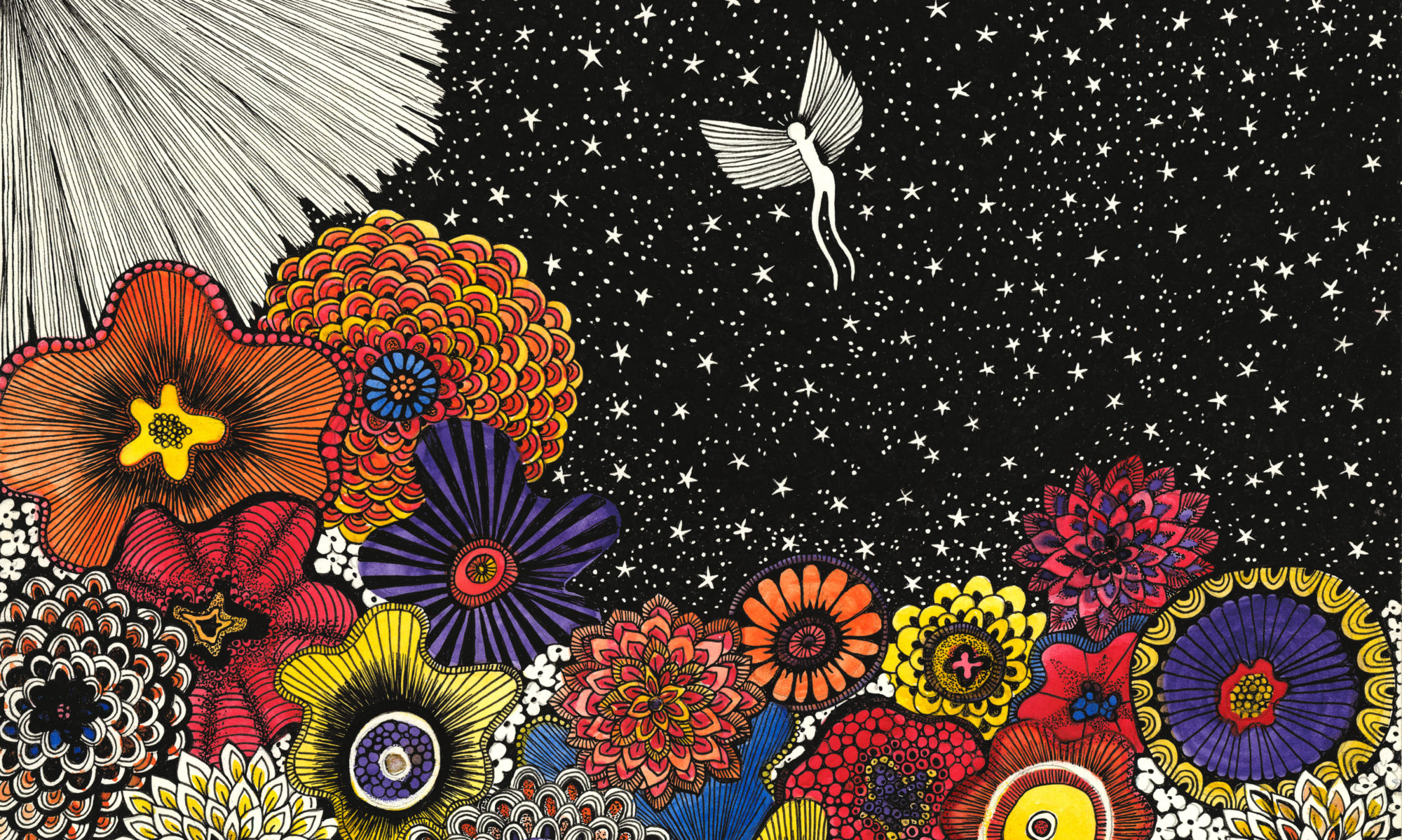Conflict is the struggle that grows out of the interplay of two opposing forces. It provides interest, suspense, and tension. (Handbook to Literature)
Internal Conflict vs. External Conflict
Person versus self is arguably the most important struggle within any character-based narrative. How the characters battle their own “demons,” drives a deeper struggle and exploration of what it means to be human, flawed, vulnerable and more. Coupled with internal struggle, are several external conflicts: person vs. person, person vs. nature, person vs. supernatural, person vs. setting, and so on. When the internal struggle of a character parallels the external struggle within a scene, the narrative can take on many layers.
Submit Your Work for Individualized Feedback
Please use Universal Manuscript Guidelines when submitting: .doc or .docx, double spacing, 10-12 pt font, Times New Roman, 1 inch margins, first page header with contact information, section breaks “***” or “#.”
Sources
The Age of Insight: The Quest to Understand the Unconscious in Art, Mind, and Brain, from Vienna 1900 to the Present. Eric Kandel.
A Handbook to Literature
“Cogito et Histoire de la Folie.” Jacques Derrida.
Cognitive Neuropsychology Section, Laboratory of Brain and Cognition.
Eats Shoots and Leaves: The Zero Tolerance Approach to Punctuation
The Elements of Style.
New Oxford American Dictionary
The Norton Anthology of World Literature
The Norton Introduction to Philosophy
Woe is I: The Grammarphobe’s Guide to Better English in Plain English
Writing Fiction: A Guide to Narrative Craft
Writing the Other
